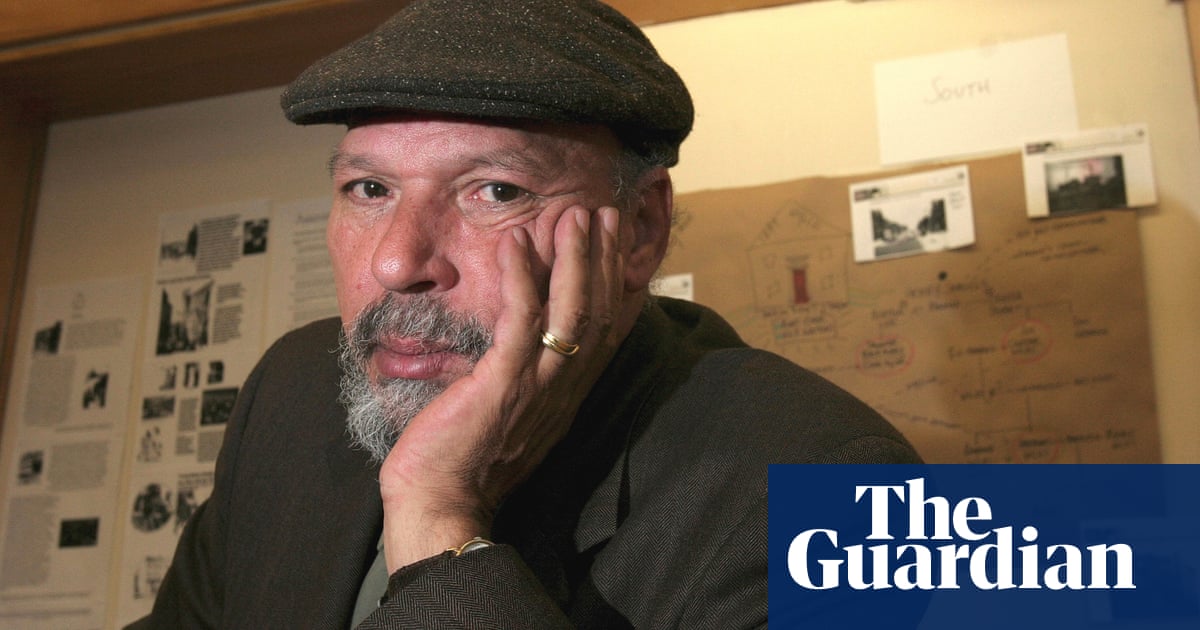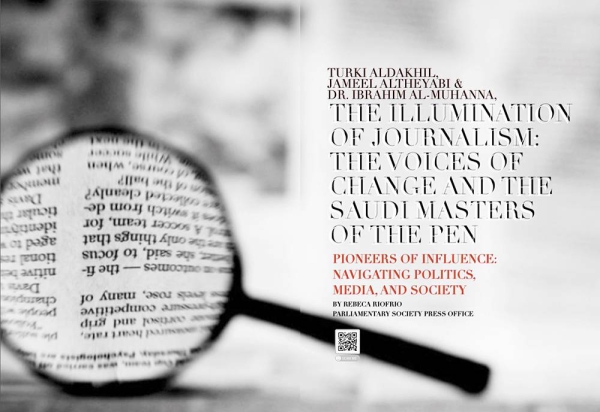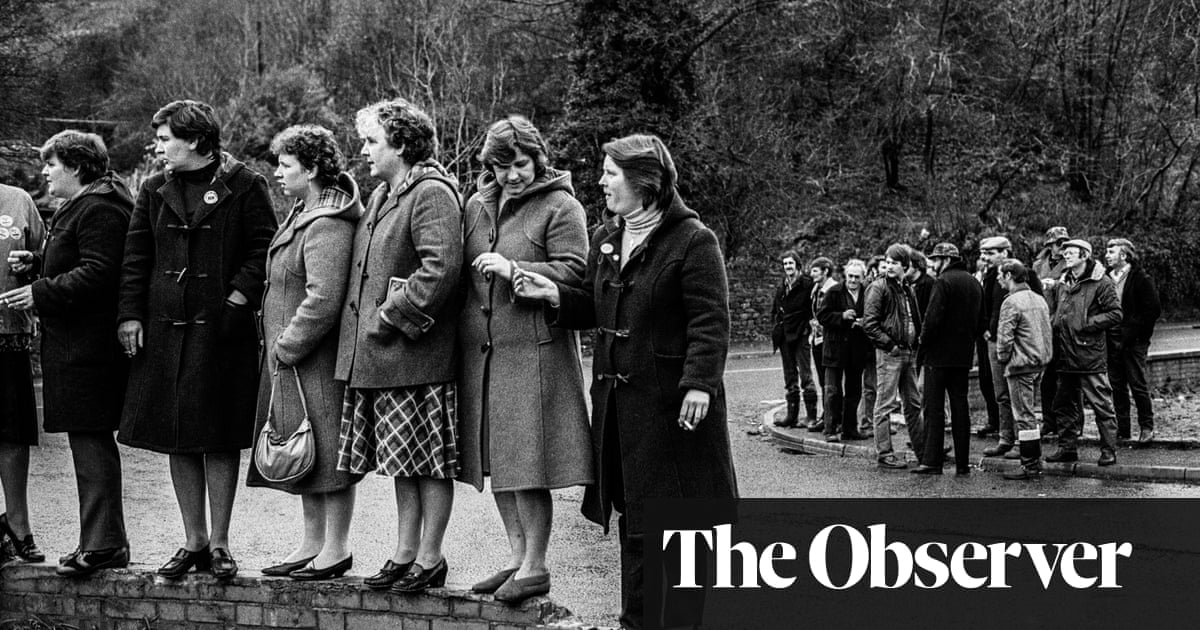
According to film director John Maggio, two types of executives run the entertainment industry – one far rarer than the other. “The vast majority of them don’t know what’s good, or what will be a hit, until ten other people tell them,” he said. “But a few can tell you right away. They’re the visionaries.”
For an extended time, one of the most clairvoyant was Robert Stigwood. Yet no one had made a feature documentary about him until now. Mr Saturday Night lays out the rocket-like trajectory of this manager turned producer turned impresario who scored hits in the worlds of music, theater, concerts and film. Stigwood’s projects ranged from managing the Bee Gees to running a record label featuring artists like Eric Clapton to producing two of the biggest movies of all time – Saturday Night Fever and Grease, as well as the successful movie version of the Who’s Tommy – to bankrolling smash plays like Jesus Christ Superstar and Evita. “For a time, he was the Wizard of Oz of entertainment,” said Maggio, who directed the film, to the Guardian. “Between 1970 and 1978, he could not not make a hit.”
True to the documentary’s title, it focuses on the period when Stigwood developed a 1976 article in New York Magazine titled Tribal Rites of the New Saturday Night into the multimedia cultural phenomenon that was Saturday Night Fever. The story of its creation features improbable twists and innumerable roadblocks exemplifying the high-risk dramas that defined the most eventful part of Robert Stigwood’s life, which ended in 2016 when he was 81. The film doesn’t cover his early life in Australia because, said Maggio, “this wasn’t mean to be straight biography.”
Instead, the action starts in the colorful London music scene of the 1960s. Stigwood’s first client was John Leyton, a TV teen idol who pined for a singing career. Stigwood connected him with Joe Meek, the famously eccentric producer who, in 1961, turned Leyton’s single Johnny Remember Me into a No 1 UK hit. By the mid-60s, Stigwood became the booking agent for the Who as well as the manager of one of rock’s first super-groups, Cream. He also discovered the Bee Gees and advised them on their early Edwardian hits starting in 1967. Like many of rock’s seminal managers, including the Beatles’ Brian Epstein and the Who’s co-manager Kit Lambert, Stigwood was gay. While the men were all out within their milieu, they remained closeted to the larger world, a necessity in an era when homosexual acts were still outlawed in the UK. According to Maggio, the straight managers of the day “definitely used the identity of the gay managers against them. They were disparaging about their sexuality behind their backs,” he said. “Don Arden (who managed acts like Small Faces and the Move) would refer to “that fruit Stigwood”.
At the same time, sexual identity provided a bond between Stigwood and Epstein. Shortly before Epstein’s death in 1967, he asked Stigwood about helping to take over management of the Beatles since that role had begun to wear him down. But the Beatles hated both Stigwood and the Bee Gees. “They thought they were a pop act who were not to be taken seriously,” Maggio said. At the same time, the Beatles were becoming increasingly business savvy. After Epstein’s death from an accidental overdose of pills, Stigwood boasted that he was going to buy the band for half a million pounds. “That just seemed vulgar to McCartney,” said Maggio.
Undaunted, Stigwood moved his operation to New York, the better to avoid then sky-high British taxes. There, he quickly found a new venture of note. The untested team of Andrew Lloyd Webber and Tim Rice had written and recorded an album of songs with the blasphemous title Jesus Christ Superstar, which they hoped could be produced for the stage. Recognizing its potential, Stigwood put together a concert tour featuring the music, then developed it into a successful Broadway musical. “Stigwood saw things others didn’t,” said Maggio.
He showed equal foresight when the fortunes of the Bee Gees began to falter in the early 70s. “For God’s sake, listen to what’s happening in the world today,” he is quoted as telling the Gibb brothers in a vintage clip featured in the film. Taking note of the rhythmic hits of the Average White Band, Stigwood put the Bee Gees together with that band’s producer, Arif Mardin, who helped shape an entirely new sound for them. The result led to No 1 hits like Jive Talking and You Should Be Dancing, both of which were later repurposed for the Saturday Night Fever soundtrack. In the same period, Stigwood developed the Who’s Tommy into a film, casting Tina Turner, who was adrift after she left Ike, in a cameo.
In the documentary, Nik Cohn, the writer of the New York Magazine story that birthed Saturday Night Fever, talks about what first drew him to the disco scene in the extremely unfashionable area of Bay Ridge, Brooklyn. To him, that demi-monde had the same impetus and effect as the youth cultures he had observed in UK, like the teddy boys and the Mods and Rockers. “Nik was fascinated by the yearning of teenage angst, by the feeling of wanting to escape,” said Maggio. “He was also interested in the male peacockery of the scene, all the stuff that adolescent boys do to strut and try to find their place in a world that’s tribal.”
But the way this particular tribalism expressed itself presented a jarring irony within the context of disco history. Though the genre began in Black and gay clubs, the scenes in Bay Ridge and Bensonhurst couldn’t have been more racist or homophobic. In the film, Cohn recalls bringing a Black dancer to the club where his piece was set and watching in horror as the crowd violently chased him out. Cohn’s original article, an exemplar of “new journalism”, contained no shortage of drama, sweep and un-journalistic devices (including the wholesale invention of its central character, Tony Manero). Yet, only Stigwood envisioned it as a smash feature. He also recognized that it could be a perfect vehicle for a star who had yet to appear on the silver screen. Before he came across the New York magazine article, Stigwood signed a three-picture deal with John Travolta who, at the time, had power only in the worlds of TV and teen idols. “It was a huge risk to sign him,” Maggio said. After all, at the time TV stars almost never sold on big screens. “I’m a gambler,” Stigwood says in the documentary. “I work instinctively.”
He took equal risks with the people he hired to run his burgeoning movie company. They were all young men, barely in their 20s, who tended to be very good looking. Yet, they were no boy toys. Though they had no experience, “they turned out to be amazing at their jobs,” Maggio said.
It was down to the novice Kevin McKormick to somehow find a director for Saturday Night Fever. Miraculously, he came up with John Alvidsen, who had just shot Rocky. But when that director balked at using the Bee Gees’ music in the film, Stigwood fired him, which left McKormick flummoxed and scramblingfor another director. The one he came up with, John Badham, knew nothing about musicals and had only one film directing credit at the time. Likewise, when Stigwood asked Barry Gibb to write five new songs for the proposed movie, the musician hadn’t read the script, let alone seen a single frame of film. Regardless, he wound up writing a string of pitch-perfect pieces, all of which became smash hits, including Stayin’ Alive, Night Fever, How Deep Is Your Love, More Than a Woman and If I Can’t Have You, the last one sung in the movie by another Stigwood client, Yvonne Elliman.
Despite that trove of riches, many of those who worked for Stigwood fretted that they were coming to the disco trend too late. By that time, it had begun to show signs of petering out and there were already signs of the coming the “disco sucks” movement, whose title tipped off its implicit homophobia. In the same vein, Paramount, the studio that released the film, had no idea what they had, despite the brilliance of the Bee Gees’ songs, the dynamism of Travolta’s performance and the sociological acuity of Norman Wexler’s script. Executives like Barry Diller and Michael Eisner hated the darkness in the film as well as the prolific use of the “f” word by its characters. True to form, Stigwood used their cluelessness to negotiate a greater share of the profits for himself, nearly 50%, as well as total ownership of the soundtrack. In a brilliant marketing move, he also insisted that the soundtrack come out before the movie. Once the songs of the Bees Gees hit radio, they shot up the charts, creating a ready-made audience when the film arrived. Powered by that synergy, the movie generated a worldwide gross of more than $282m while the soundtrack became one of the mightiest sellers in music history.
Stigwood’s transformation of the play Grease into another movie monster was equally improbable. The show had been a middling Broadway success with little broader resonance. But the movie, the second in Travolta’s deal with the producer, generated an international gross even greater than Saturday Night Fever’s, topping $396m. With that one-two punch, the Stigwood empire became a virtual Venn diagram of pop culture in the 70s. More, his vision set off a long trend of blockbuster movie soundtrack tie-ins, including projects like Urban Cowboy, Dirty Dancing, Flashdance and Titanic.
Naturally, the herculean scale of it all necessitated a backlash, first hitting the Bee Gees before spreading to Stigwood, who by the dawn of the 80s not only lost his Midas touch, but essentially inverted it, resulting in some of the most spectacular bombs of all time, from the appalling Sgt Pepper movie to Travolta’s belly-flop Moment by Moment. “It happens to everyone: you get to a certain point where you lose your touch,” Maggio said. “Also, for a guy like Stigwood, who was making more money than we can even conceive of, it takes off the edge.”
Even though he was just in his late 40s, Stigwood wound up retiring to his tax haven in the Bahamas to enjoy his money. He spent a good part of his time on his yacht, entertaining young men and drinking heavily. Maggio believes some of Stigwood’s drinking can be attributed to the fact that he never came out. “That has to weigh on you,” he said. “It speaks to the sadness in him.”
He also believes that, despite his massive wealth, Stigwood “never felt that sense of success”.
At the same time, Maggio said, “Robert Stigwood’s life captured a moment in time. It was a revolt against the high-mindedness of the 60s culture, which gave way to the excesses of the 70s. Robert rode that wave in a spectacular way to become one of the last great curators of pop culture.”
Mr Saturday Night premieres on HBO on 9 December and in the UK at a later date











